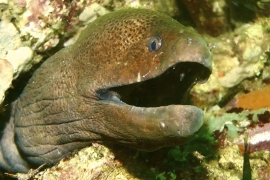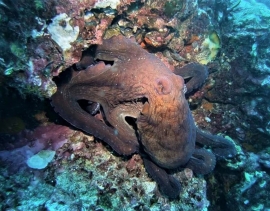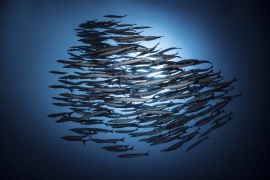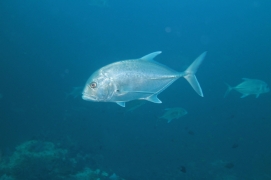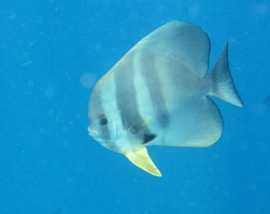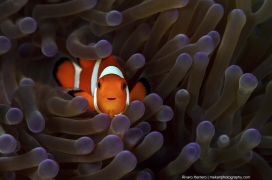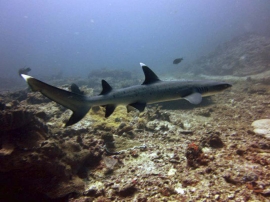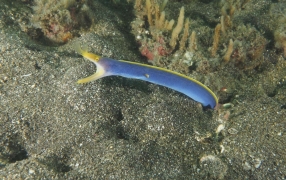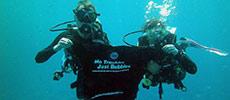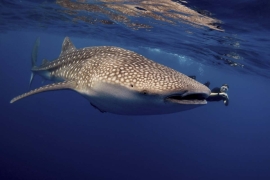
Ambon Liveaboard diving
Ambon is part of the famous Spice Islands, which were hugely popular with European traders of the 16th - 19th centuries. Located in the heart of eastern Indonesia, Ambon is a truly special place for scuba diving. At the beginning of the 21st century, there were violent political troubles which caused the island to be closed to foreigners for a couple of years, and this has only gone to help the quality diving on offer there. Now, 12 years after the reopening of Ambon to tourism, the infrastructure is at a good level for divers who want a certain amount of creature comforts and convenience without being on the main tourist route and therefore enjoying dive sites which have very few divers. Getting there and staying on the island is easy enough, but most diving visitors do so by a liveaboard cruise that most likely starts or finishes in Raja Ampat, West Papua as part of a 'crossing trip'. These usually cross the Banda Sea as seasons change. However, those who want to enjoy day trip diving at Ambon can do so from a number of dive resorts on the island.
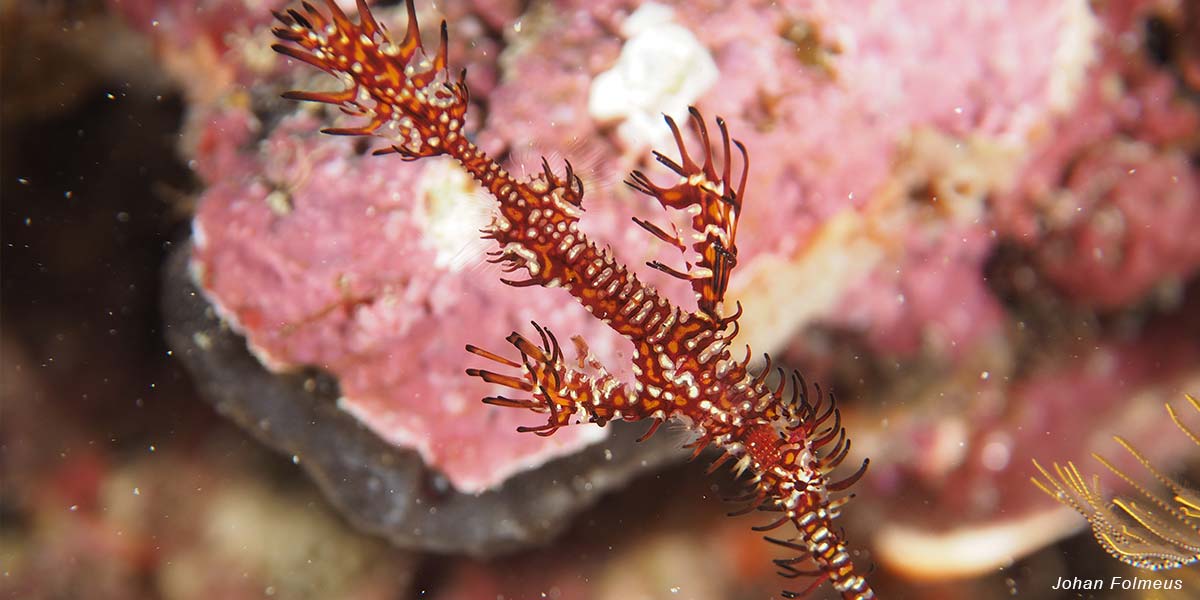
The diving season is open all year round, but the area is affected by two monsoons and can be very unpredictable and often opposite to the rest of the country. March & April and the final four months of the year tend to be the best and most popular.
The diving to expect at Ambon is excellent and varied. There is a huge natural harbour, which leads out to seas nearly 600m deep, and lots of shallow brackish and seawater for all kinds of creatures. Obviously, due to its location in the Banda Sea and the nutrient-rich currents brought up from depth, there are lots of large pelagic fish, including sharks and Mola Mola (Sunfish) in the area. Whales are also often spotted both above and below the surface. However, Ambon is most famous for muck diving and macro photographers come from far and wide to get up close and personal with small fish and invertebrates which can be found nowhere else on earth. This list of exciting species is endless, and to put things in perspective nearly 800 new fish species were discovered here in the late 19th century. That’s more than all of the species of fish in the whole of Thailand!
There are many dive sites in and around Ambon. This includes more than twenty outside of the bay, and another twenty or more inside. The dive sites inside the bay are located on the northern (southeast-facing) and southern (northwest-facing) coastlines. Near the airport, on the northern coast, are the Laha dive sites, which are possibly the most popular. There are also three dive sites at Jetty Air nearby. Facing northwest on the southern pinnacle are dive sites that include Fadly, Panti & Blueduck Jetty. Near the narrowest part of the bay is a great wreck, SS Duke of Sparta/Aquila. This British ship was sunk in by the CIA 1958 and lies between 13 & 35 metres, depending on tides, and makes a great wreck dive for Advanced divers. Visibility isn't great, but there's lots to see if you get up close. Dive sites outside of the bay are more spread out, and tend to be along the southern coast, facing southwest into the Banda Sea. Expect more current here, but also there's much more chance of something large swimming past.
Conditions at Ambon
When to dive at Ambon
You can dive at Ambon all year round from the local resorts. But the liveaboard operators carefully select the months for trips. They do this for two reasons, which are to get the boats from one part of Indonesia to another as the seasons change, and to arrive at Ambon at the best time of year to ensure the best diving. For the best diving experience at Ambon on a liveaboard cruise, September to November and February to April are the ideal months.
What type of dive site is Ambon
Most of the best diving at Ambon is muck diving in Ambon Bay, but there are also plenty of chances of getting further out to sea to enjoy some healthy coral reefs, and there's even a wreck.
Where is Ambon?
Ambon is in The Banda Sea, in central Indonesia. Half way between Sulawesi and Papua is Seram Island, with its capital city Maluku. On Seram's southwest corner is the small island of Ambon, that is just 53km long and 22km, wide.
How to get to Ambon
Although it appears to be a million miles from anywhere, Ambon has its own airport, and there’s also one on Maluku Island as well. Flights come in several times per day from a range of airports within Indonesia, and are much more reasonably priced than you might think.
Who can dive at Ambon
Any certified diver can dive at Ambon, but some of the dive sites are too deep for new divers. Currents aren't usually a big issue because most of the dive sites are in areas with protection from islands. Because so much of diving in Ambon is muck diving, it's important for you to have good buoyancy control, so that you don't stir up the sand and silt from the bottom of the dive site.
What marine life can you see at Ambon?
Some of the marine life at Ambon, particlarly in Ambon Bay, can't be seen anywhere else on earth. There are so many rare & interesting critters that you can find almost anything. But there is also the usualy suspects of Indonesian marine life, from the smallest nudibranchs up to large pelagic filter feeders. It all depends on the time of year, Lady Luck, and how good your eyes are.
Summary of Ambon
Although Lembeh Strait is the muck diving capital of the world, Ambon is also excellent and has much more to offer on top. Its location in the deep and nutrient-rich Banda Sea ensures that large species may visit during migration, and every member of marine life can flourish, here in the Spice Islands. You can fly into Ambon and do some local day trips, but the best way to visit is on an Indonesian liveaboard cruise.

